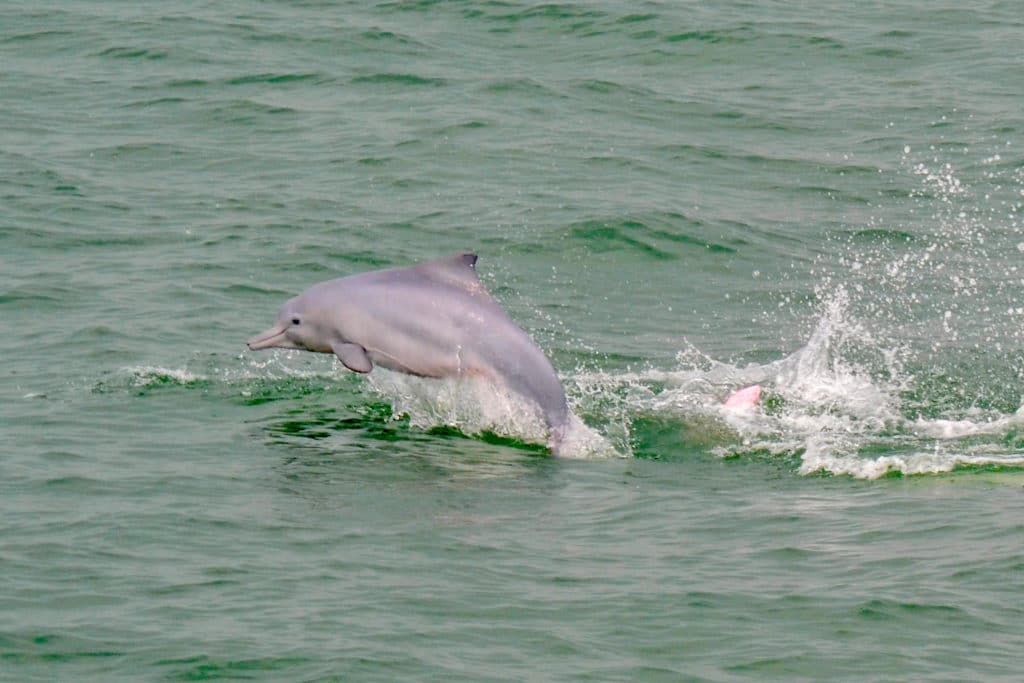Hong Kong has missed 14 out of the 20 Aichi Biodiversity Targets that are intended to curb biodiversity loss and the destruction of nature, according to a new report.
—
Hong Kong has only partially achieved six out of the 20 Aichi Biodiversity Targets as local conservation groups call for comprehensive conservation policies and mainstream biodiversity in the government agenda.
A detailed report released by the Hong Kong Bird Watching Society (HKBWS) found that Hong Kong has failed to meet 14 out of the 20 Aichi Biodiversity Targets. Established by the UN Convention of Biological Diversity (CBD) in 2011, these targets provide a framework for the world and individual countries to address the growing rates of biodiversity loss.
The assessment comes amid the UN Biodiversity Conference (COP15), taking place virtually between October 11-24 where governments meet and review their respective progresses, and to discuss policies regarding capacity building and resource mobilisation.
Using data and insights against a set of indicators developed by a cross-sectoral panel of over 40 local biodiversity and conservation experts, the report says that Hong Kong has been mostly successful in its protected area network, which currently covers about 40% of total land area, as well as the progressive regeneration of forest ecosystems.
The creation of Hong Kong’s first Biodiversity Strategy and Action Plan (BSAP) is said to be a significant first step in developing a policy instrument, as stated in the CBD framework, and the number of complaints reporting on unauthorised activities in rural areas has increased about two-thirds, highlighting greater public awareness and support for conservation.
However, the study points out that Hong Kong has not mainstream biodiversity in the government agenda, either in policy or legislation, allowing other development plans to take priority, increasing the threats to local wildlife species and habitats.
You might also like: 6 Biggest Environmental Issues in Hong Kong in 2021
The Deep Bay Wetlands, which are recognised as a Wetland of International Importance, have been increasingly threatened by land development in the surrounding Mai Po area as part of the Greater Bay Area development plan. The Chinese White Dolphin population in Lantau waters have nearly halved over the past decade due to coastal reclamation projects while the population of Eastern Cattle Egret have declined by two-thirds, likely as a result of the loss in farmlands.
Though the Hong Kong Legislative Council did manage to pass the long-awaited bill treating wildlife trafficking as a serious crime in August 2021, the report says Hong Kong’s weak management in wildlife trading, especially when it comes to live and dried marine species for seafood, undermines the sustainability of biodiversity beyond our boundaries.
“We must recognise and respond to the breadth of issues covered by the CBD. Conservation lies not only in the hands of the environmental authorities and environmental NGOs, but also with other bureaux, works departments, and the private sector,” said Woo Ming Chuan, Deputy Director of HKBWS. “A whole-of-government approach and the engagement of all sectors and stakeholders are needed to address systemic gaps to properly integrate biodiversity conservation into Hong Kong’s development process as the CBD requires.”
The report and HKBWS says there’s an urgent need to establish a comprehensive biodiversity conservation policy framework that puts meeting the CBD responsibilities at the core. Incorporating the best lessons learnt from China’s implementation of the Ecological Red Line, ecological security and other environmental policies could also be key in laying the groundwork for Hong Kong’s conservation efforts and measures to protect the city’s biodiversity and natural ecosystems.
Featured image by: Jessica Wong/Hong Kong Bird Watching Society


















